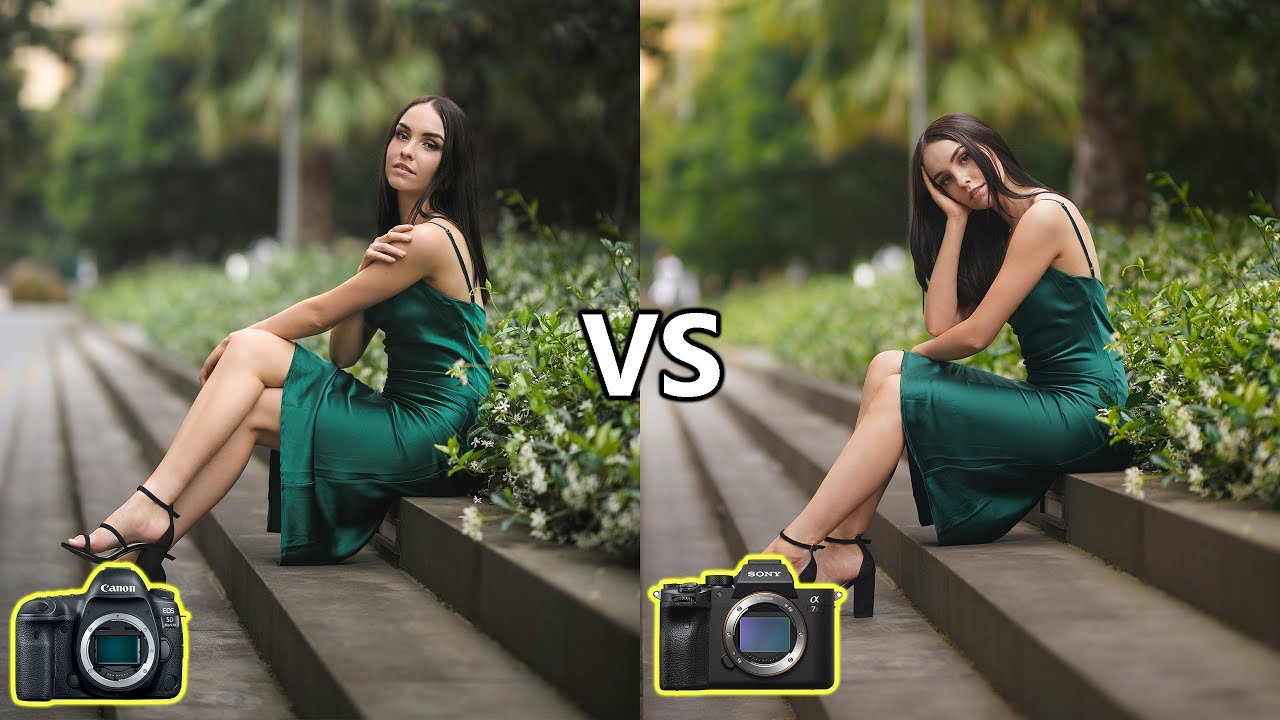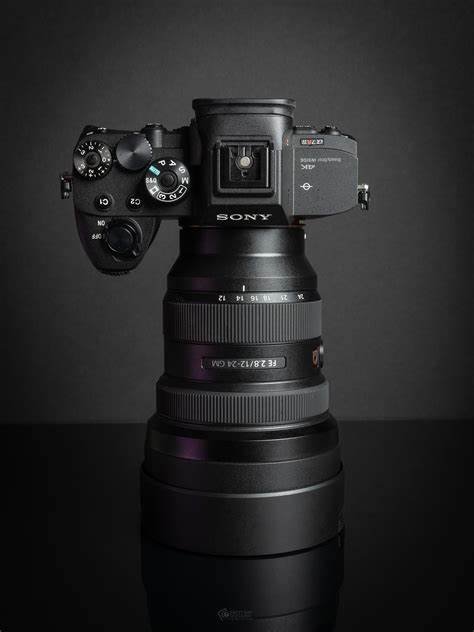Choosing between a mirrorless and a DSLR camera can be a daunting decision, especially for those new to photography or upgrading their gear. Both types of cameras have their strengths and weaknesses, and understanding these can help you make an informed choice. Here’s a comprehensive guide to help you decide which camera is right for you in 2024.
1. Understanding the Basics
DSLR Cameras:
Digital Single-Lens Reflex (DSLR) cameras have been a staple in photography for years. They use a mirror to reflect light from the lens up into an optical viewfinder, allowing you to see exactly what the lens is capturing.
Mirrorless Cameras:
Mirrorless cameras, as the name suggests, do not have a mirror. Instead, they rely on an electronic viewfinder or the camera’s LCD screen to display the image. This design allows for a more compact and lightweight body.

2. Pros and Cons
DSLR Pros:
- Optical Viewfinder: Provides a real-time view of the scene without lag, making it easier to capture fast-moving subjects.
- Battery Life: Generally offers longer battery life compared to mirrorless cameras.
- Lens Selection: Extensive range of lenses available, especially for older models.
DSLR Cons:
- Size and Weight: Larger and heavier due to the mirror mechanism and optical viewfinder.
- Noise: The mirror mechanism can be noisy, which might be disruptive in quiet environments.
Mirrorless Pros:
- Compact Size: More portable and lightweight due to the lack of a mirror and optical viewfinder.
- Silent Shooting: Operates silently, which is ideal for situations where noise could be an issue.
- Advanced Features: Often includes modern features like in-body image stabilization and superior autofocus in video mode.
Mirrorless Cons:
- Battery Life: Typically shorter battery life compared to DSLRs.
- Lens Selection: Although improving, the range of available lenses may be more limited, especially for newer models.
3. Performance and Usability
Autofocus:
- DSLRs: Historically, DSLRs have had faster and more reliable autofocus for still photography, thanks to phase-detection systems. However, modern DSLRs are catching up.
- Mirrorless Cameras: Use contrast-detection and hybrid autofocus systems, which can offer superior performance in continuous shooting and video recording.
Viewfinder:
- DSLRs: Optical viewfinders offer a direct view of the scene with no lag, which is beneficial for fast-paced photography.
- Mirrorless Cameras: Electronic viewfinders (EVFs) and LCD screens can show a preview of your image with exposure adjustments in real time. Some high-end mirrorless models have EVFs with high resolution and refresh rates.
4. Video Capabilities
DSLRs:
- Pros: Good for video, especially with models offering 4K recording.
- Cons: Often have limitations in live view and continuous autofocus.
Mirrorless Cameras:
- Pros: Generally superior in video features, including advanced autofocus, 4K recording, and high frame rates.
- Cons: Some entry-level models might lack advanced video features.
5. Cost and Investment
DSLRs:
- Initial Cost: Generally more affordable for entry-level models.
- Long-Term Investment: Extensive range of compatible lenses and accessories available.
Mirrorless Cameras:
- Initial Cost: Often more expensive, especially for high-end models.
- Long-Term Investment: Growing selection of lenses and accessories, though may be more costly.
6. Recommendations
For Beginners:
- DSLRs: Canon EOS Rebel T7 or Nikon D3500 offer great entry-level options with a variety of lenses and straightforward controls.
- Mirrorless: Sony Alpha a6000 or Panasonic Lumix GX85 provide compact, user-friendly options with advanced features.
For Advanced Users:
- DSLRs: Canon EOS 90D or Nikon D7500 offer higher-end features and superior performance.
- Mirrorless: Sony Alpha a7 III or Canon EOS R6 provide advanced capabilities and professional-level features.
Conclusion
Choosing between a mirrorless and a DSLR camera ultimately depends on your specific needs and preferences. DSLRs offer reliability, longer battery life, and a traditional shooting experience, while mirrorless cameras provide compactness, advanced features, and excellent video capabilities. Evaluate your priorities and budget to find the camera that best suits your photography journey.











